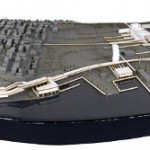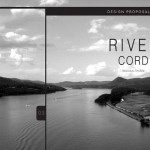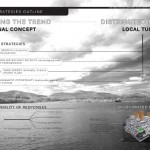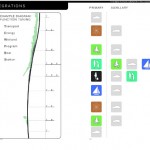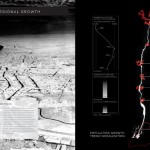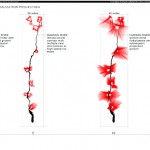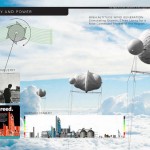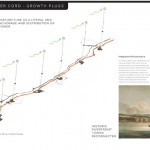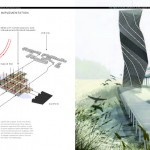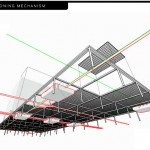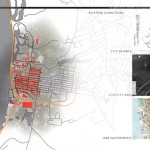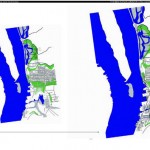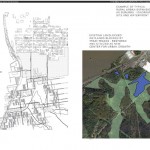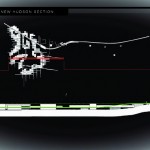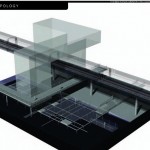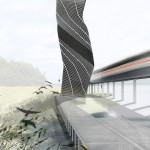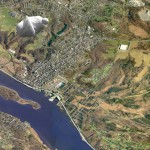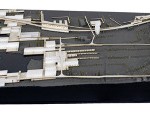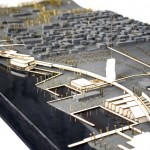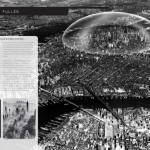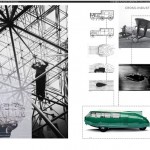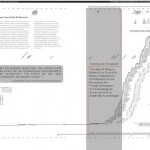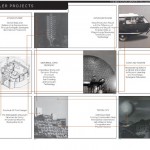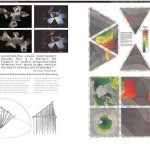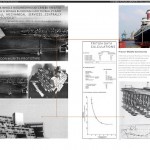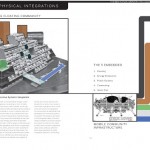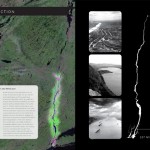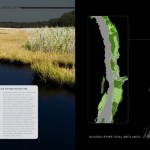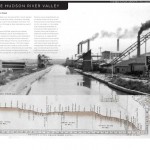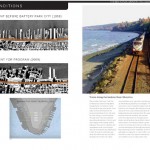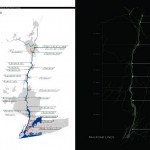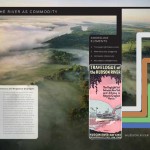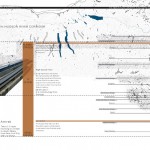Elliot Mistur
ARCH-4980.1 | Chris Perry, Assistant Professor
LITTORAL RECLAMATION
A New Tactile Locality & Regional Connectivity
ELLIOT MISTUR
The Hudson River Shoreline historically was reconstituted as an infrastructural regional cord consisting of railroads, which combined with naturally eroding shorelines, resulted in the need for engineered edges along the river banks. This transformation took place at the turn of the century when the Hudson River Valley was a massive industrial production and transport conduit, reminisce of a mass-production line exploded to the regional scale, a “megastructure” of production. With the end of the industrial age and major production in the Hudson River Valley the region suffered a mass exodus. What remains is the skeleton of an industrial landscape with the various types of manufactured edges and railroads along the shorelines. Currently the railroads are inefficient, and the manufactured shorelines are degraded which cuts off natural wetland zones from the river water; both of these factors combined cut off pedestrian and boat access to the riverfront.
Today the Hudson River Valley is beginning to comeback with remediation of the industrial waste and an annual 6 percent increase in population, a higher rate than Brooklyn. This growth trend in the region is due to the historic and natural qualities of the region and the attraction for metropolitan residents to buy affordable historic houses in the landscape celebrated by the historic Hudson River School. This “Brooklynization”, as described in The New York Time, is feeding new cultural growth across the region, however only inhabits the current degraded, but valued, state of the Hudson River and does not foster further growth or improvement to the waterfront.
In the spirit of Buckminster Fuller’s post war proposals that imagine massive functionally integrated structures with massive social implications for change this re-imagination of shoreline for condensed strategic growth arrayed along the new high speed rail with integrated power generation, as an infrastructural backbone, will foster new waterfront communities that interface people, natural ecosystems, urban communities, and multimodal transport. The ultimate goal is a regional connection generating a commuter market while creating a new type of waterfront accessibility fostering a local relationship to the river at a massive scale.

